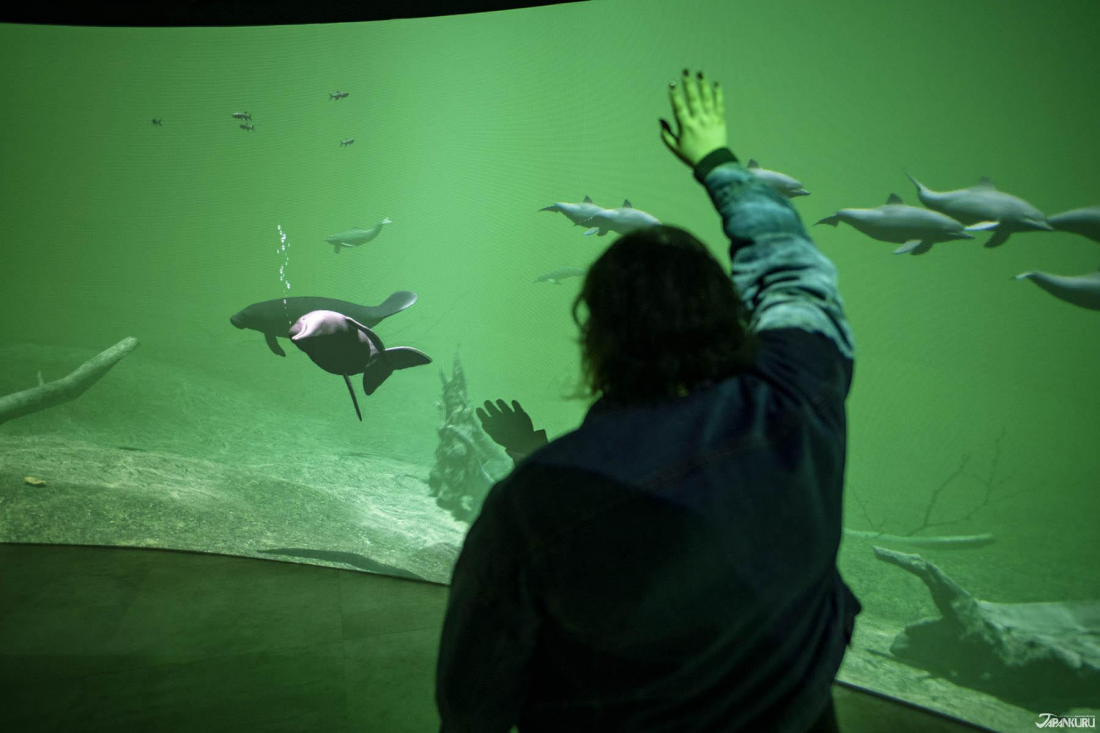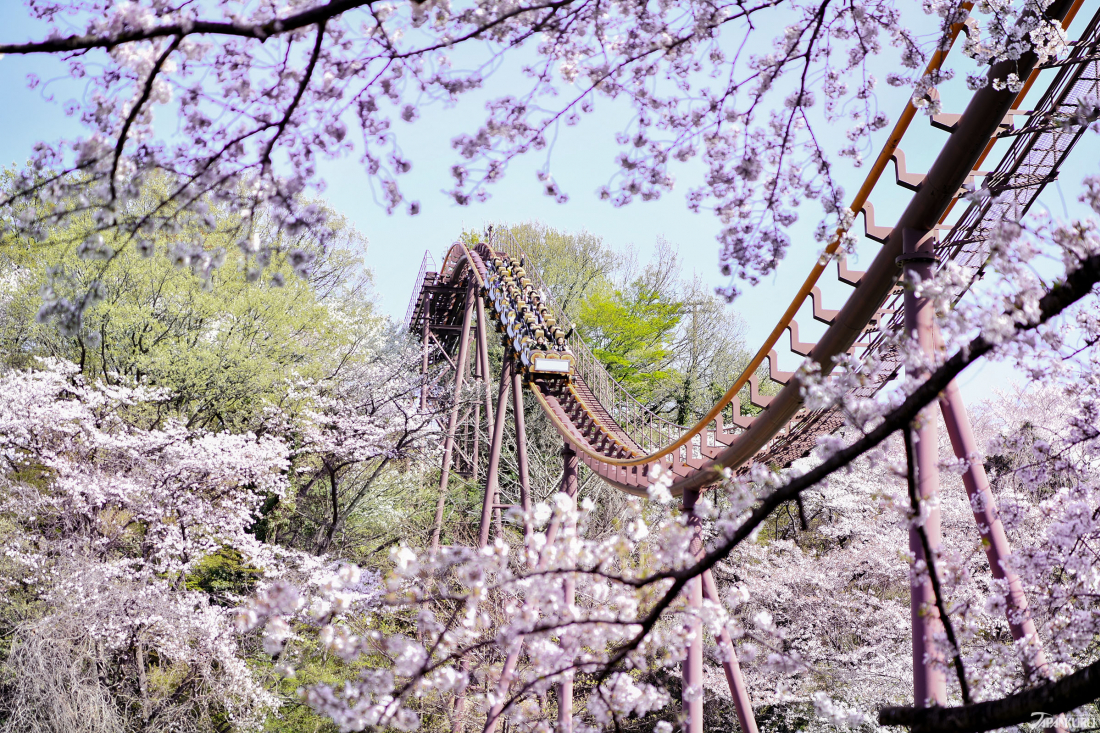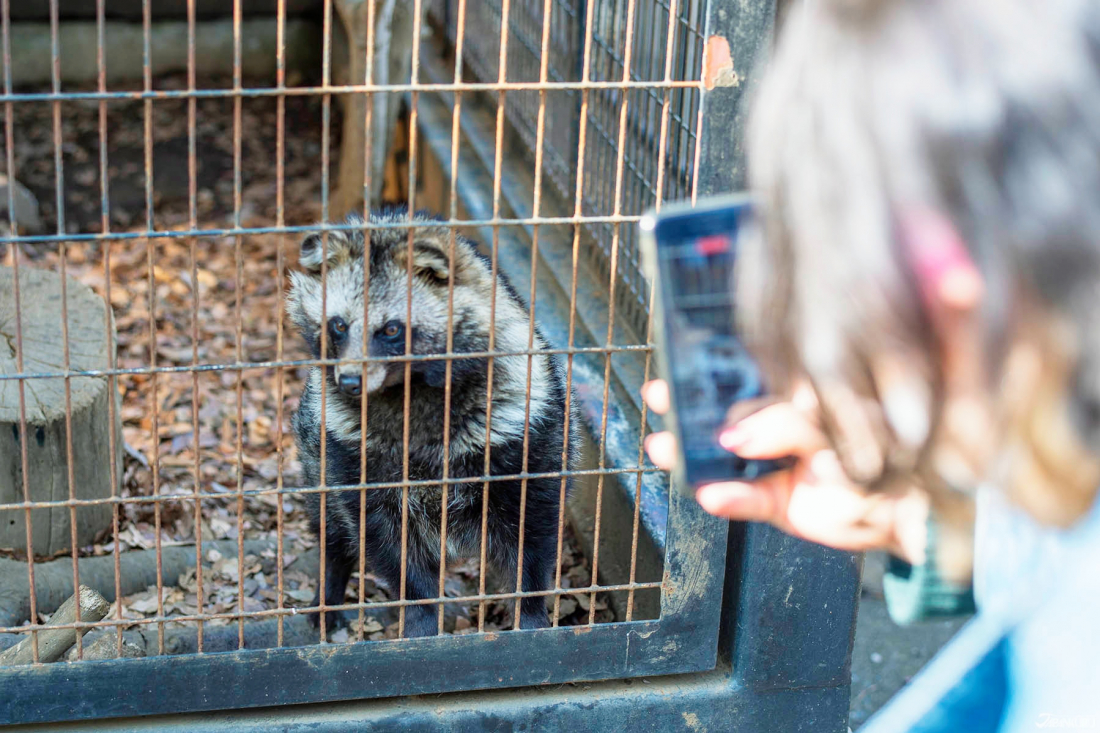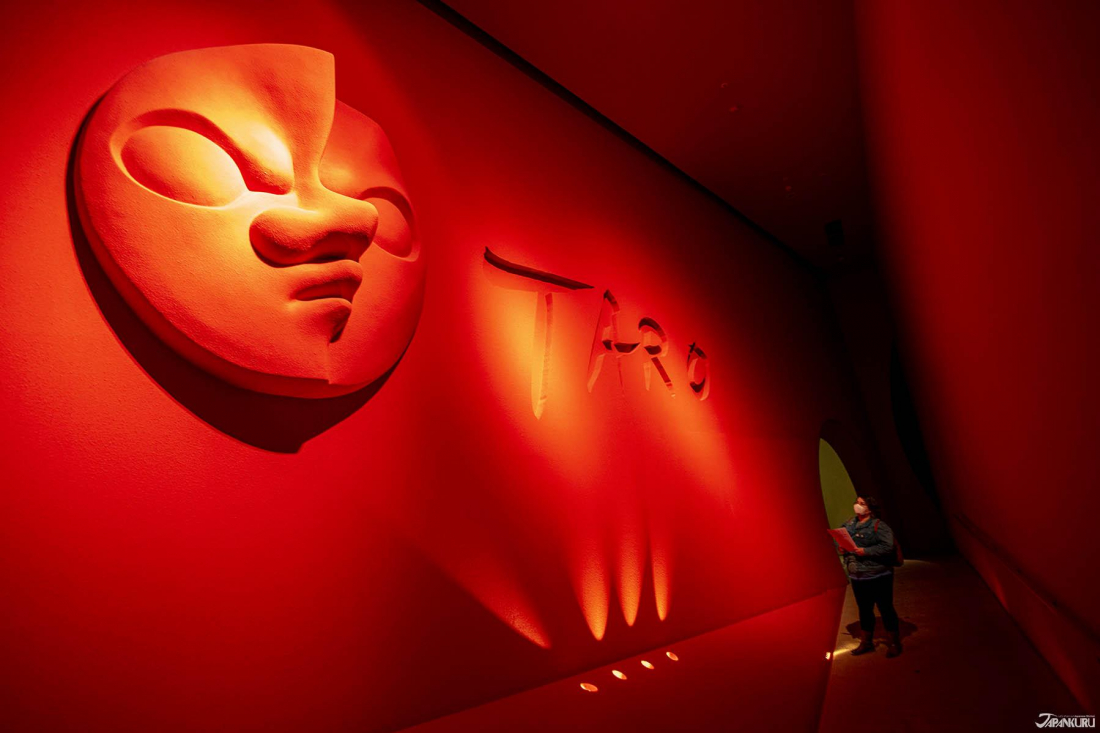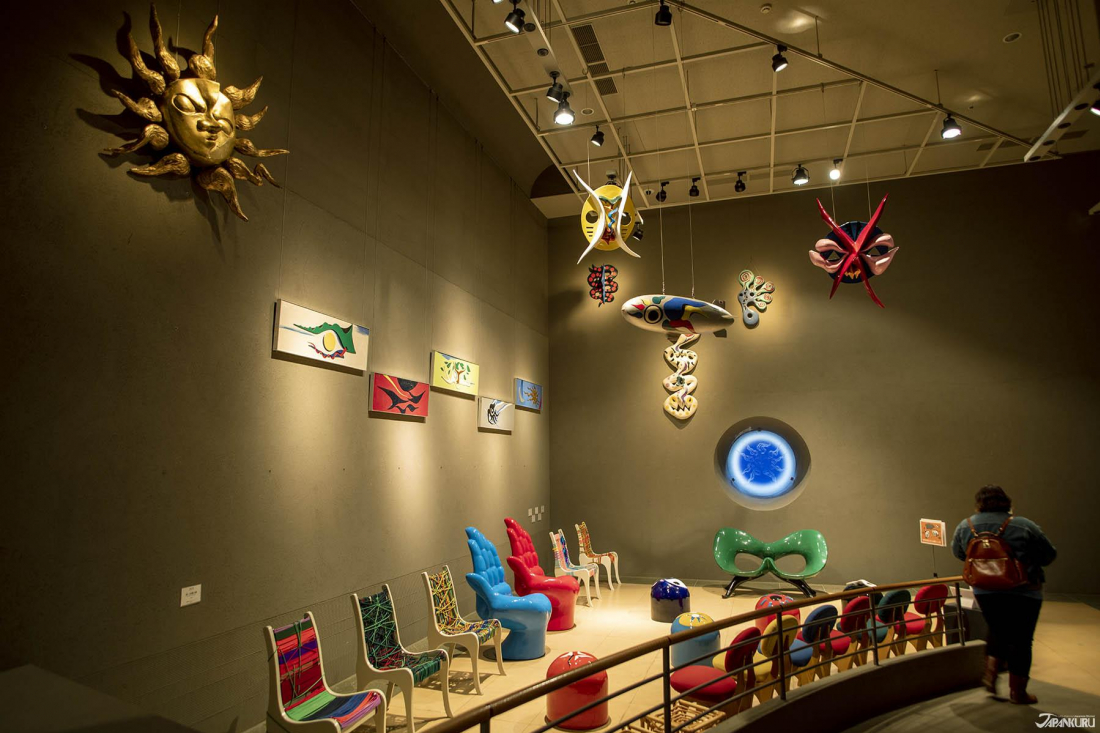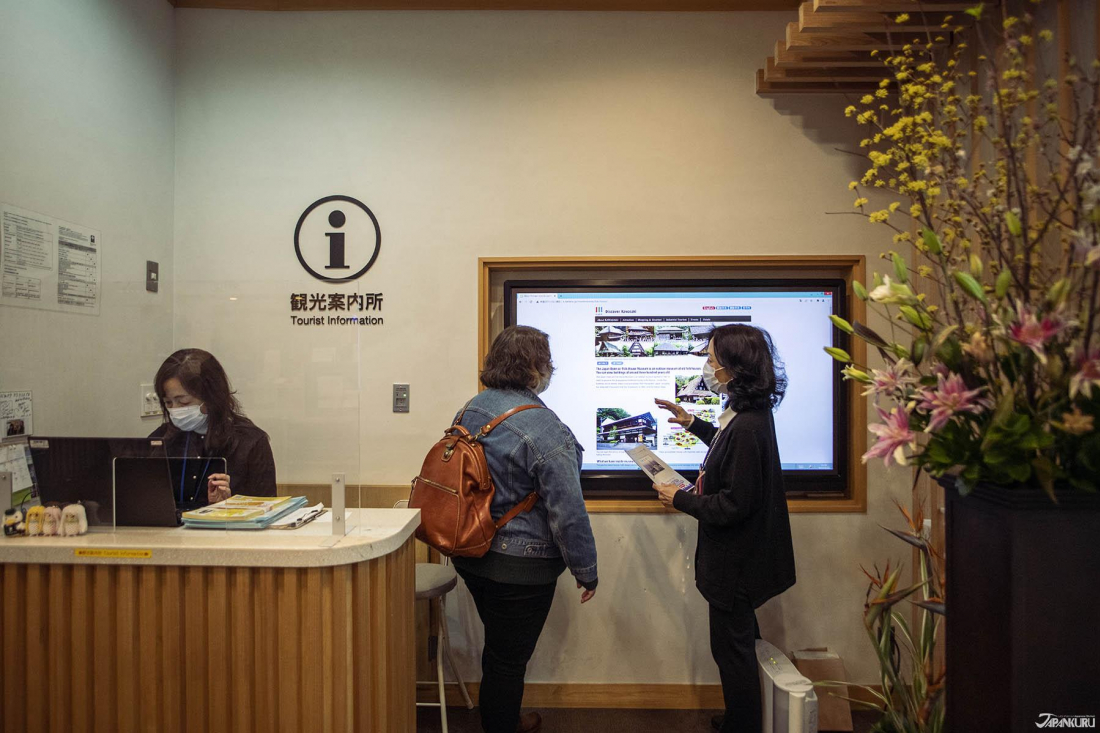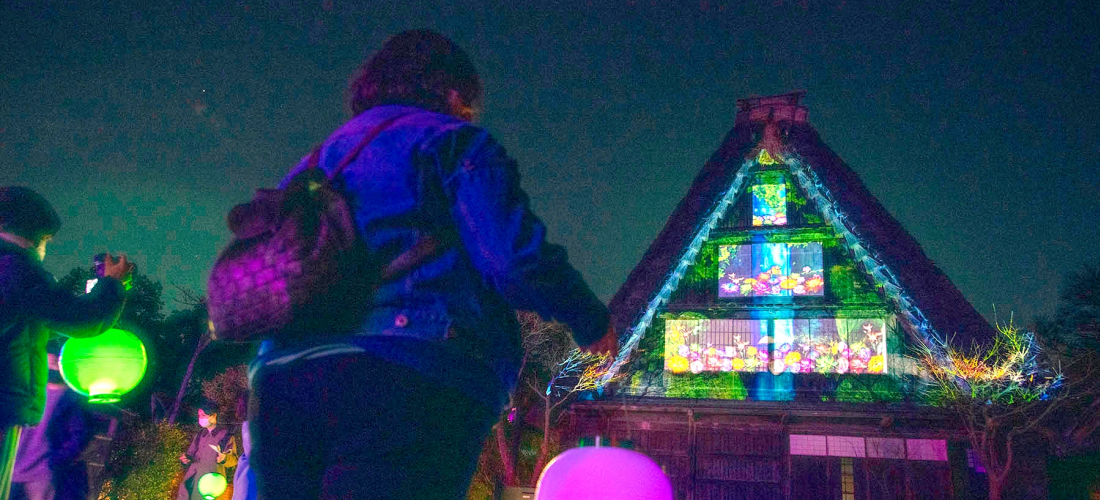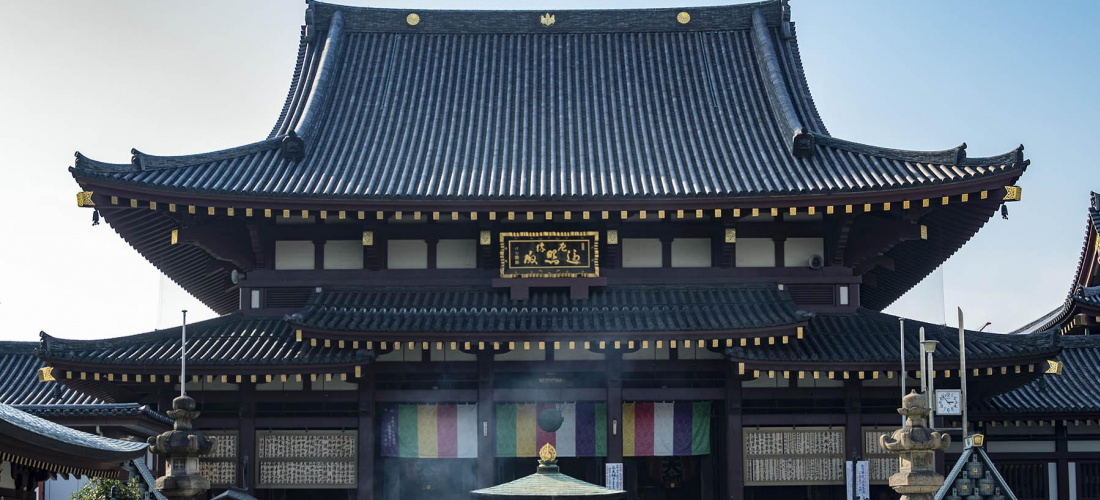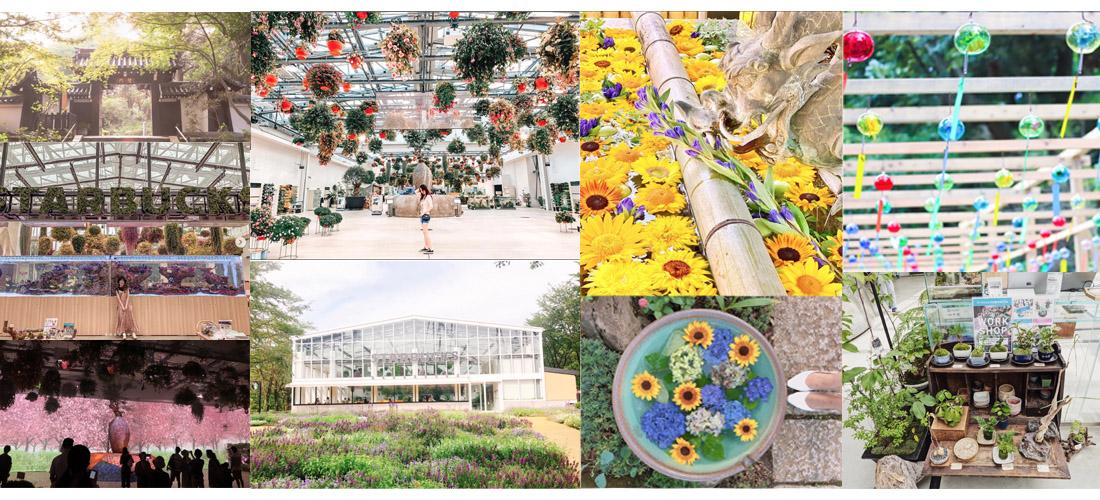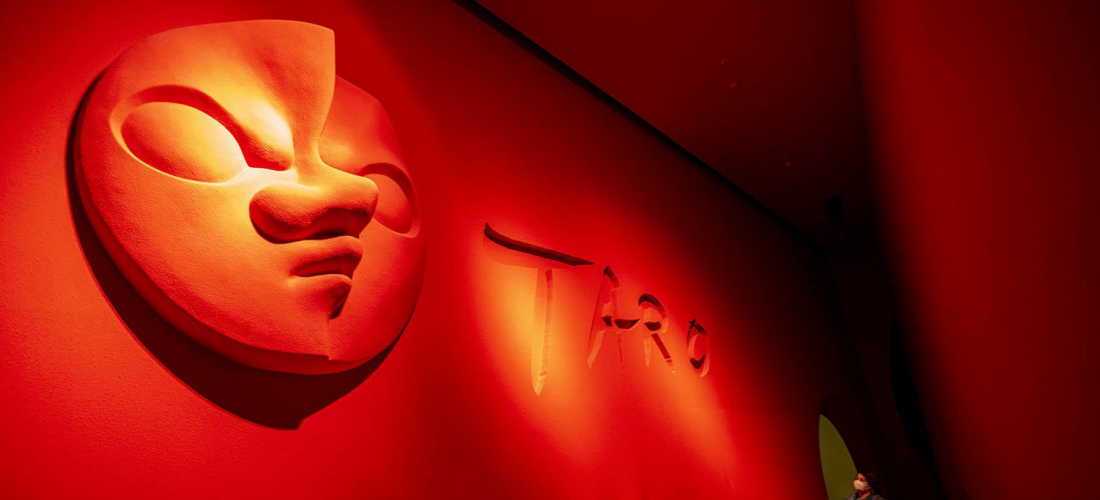
CONTENTS
Kawasaki is an underappreciated sightseeing destination with some surprising attractions – find out more about the city’s zoos and aquariums, museums and amusement parks!
See More of Kawasaki
Over the centuries, the city of Kawasaki has grown from a temple market to an important Edo-era stop for tired travelers heading towards nearby Tokyo, and has finally transformed into the thriving port city found today, with busy industrial districts and a lively city center. That colorful history has left Kawasaki with some important landmarks, and these days travelers flock to Kawasaki Daishi's still-treasured Heikenji Temple, or to take photos of the surprisingly beautiful views around the city's factory-filled port. But sightseers roving around Japan often miss some of Kawasaki's most charming and delightful destinations, despite the city's convenient proximity to both Tokyo and Yokohama. (Kawasaki Station is just over 15 minutes from Tokyo Station, and less than 10 from Yokohama!) In more recent years, an explosion of fun new destinations has made Kawasaki a city to look out for, and there's no better time than now to head over for a day trip or a weekend away. Here are just a few of Kawasaki's hidden treasures!
KAWASUI Kawasaki Aquarium: See the Rivers of the World in This Riverside City
Opened in 2020, this spot next door to Kawasaki Station is described as "an oasis by the shore," and KAWASUI Kawasaki Aquarium is built to defy expectations in more ways than one. Kawasaki's southeastern corner might border a sliver of Tokyo Bay, but the Kawasaki Aquarium is located on the 9th and 10th floors of an inland building, and has chosen to take inspiration from the Tama River that flows through the city instead! The facility is home to a variety of animals who live in and around freshwater rivers and lakes, from the fish that swim wild in Kawasaki's very own Tama River, to the two-toed sloths that hang over the Amazon in South America! Kawasaki Aquarium is a compact space wedged into the bustling city center, but the clever layout allows visitors to feast their eyes on 300 different species in the aquarium's six different regional zones, all without a single saltwater tank!
KAWASUI takes advantage of all kinds of cutting-edge methods to help visitors travel the world's wettest habitats without ever leaving Kawasaki. Projections from above let illustrated animals climb and dance across the walls around the signs for each zone, and touch-panel screens next to the tanks feature live feeds captured from within the water. Moving fast enough to tap on a fish as it darts across the Linné Lens screen can almost be a game, but whether you can catch the fish in time or not, the panels offer information on all the species in each exhibit! In the Pantanal area, much larger screens provide a backdrop for the enormous 40,000-liter tank that's home to about 8,000 tetras, bringing the vast habitat of the world's largest tropical wetland to life. The video changes throughout the day, welcoming viewers into the space as the aquarium opens with footage showing off the early morning light shining off the water, and shifting to a glowing sunset as the afternoon progresses. Standing surrounded by the C-shaped tank, it's easy to imagine yourself sinking into the muddy grass of Brazil's wetlands.
The aquarium's ingenuity is also obvious in the Panoramic Screen Zone, a room dedicated to an entire wall of interactive projection mapping. Stepping into the room, visitors enter the underwater world of the Amazon River, to be greeted by the river's pink dolphins and placid manatees. Wave a hand, and the nearest dolphin will jet through the water in your direction, or a manatee will mosey on over at its own pace. Another wave of the hand and the manatees will wave back, or the dolphins will do spins in the water! A large-bodied endangered species like the Amazon river dolphin might not thrive on the 9th floor of a building in the middle of the city, so instead KAWASUI brings the playful dolphins to Kawasaki using a little technological magic!
Of course, for aquarium-goers who want to get close to real, living animals, not only does KAWASUI have a variety of tanks full of curious critters, but they also offer a number of ways to interact with the animals directly! The Amazon Zone takes a glass-walled route through a collection of connected spaces inhabited by fish like the shimmering pirarucu and bright scarlet ibises flying overhead, and delivers you right inside the home of the capybaras. Capybaras are the largest rodents in the world, known for their friendly, calm attitude, and at KAWASUI, visitors can hang out with them and give them friendly pats on the back. With their serene faces, the capybaras seem quite happy to stay there with you, but you can also pay 300 yen for a cup of fresh grass – a treat they'll go crazy for!
For even more hands-on animal fun, there's also a guinea pig petting zoo that's accessible even without entering the aquarium, and further inside, KAWASUI has its own cat cafe, called the Soraneko Cafe! After playing with animals of all kinds and peering into the tanks and enclosures of even more, we recommend taking a break at the aquarium's Komorebi Cafe (next to the cat cafe) before heading out. The bright cafe is covered in verdant greenery, making it the perfect place to relax and enjoy a sweet snack of capybara-shaped cookies, or even fish and chips made with actual pirarucu (the same fish you can see in the tanks)! Don't forget to grab a box of pirarucu stew from the gift shop on the way out, too!
KAWASUI Kawasaki Aquarium
10F Kawasaki Le Front, 1-11 Nisshincho, Kawasaki Ward, Kawasaki, Kanagawa
Hours: 10:00 – 20:00 (last admission 19:00)
Tickets:
adults 2,000 yen | high schoolers 1,500 yen |
elementary & middle schoolers 1,200 yen | children 4+ 600 yen
Official Website (jp)
Yomiuriland: Classic Amusement Park Fun, With Plenty of Japanese Charm
Yomiuriland is sometimes referred to as Tokyo's biggest amusement park, but the truth is, most of the park is really in Kawasaki! Since it opened in 1964, this amusement park right on Kawasaki's border has been a favorite for thrill lovers in the region, with over 45 rides and attractions! The speeding rollercoasters and cute puppy mascots are always popular, but in true Japanese fashion, Yomiuriland really makes the most of each of Japan's four seasons as well! Before the park's Pool Wai waterpark opens for business each summer, the spring season brings a wave of pink cherry blossoms that turn Yomiuriland pink, with petals drifting down onto park visitors as they walk between attractions. It's one of Kawasaki's most unique spots to enjoy the Japanese tradition of hanami, or cherry blossom viewing.
During the warmer months of the year, the flowers at the amusement park's neighboring botanical garden Hana-Biyori are a must-see attraction, from the many pink cherry blossoms to the shockingly brilliant rainbows of snapdragons that burst from the ground in front of the central greenhouse-like building. Inside, visitors can sit back and relax under the hanging flowers with a cup of coffee from Japan's very first botanical garden Starbucks, say hello to Hana-Biyori's resident river otters, and check out the popular projection mapping shows focused around a real 400-year-old palo borracho tree.
When the seasons start to change and a cool breeze clears the air, special light-up events all around Yomiuriland and Hana-Biyori welcome visitors to enjoy the brilliant spectacles after sunset. The arrangements change every year, but the main amusement park uses about 6.5 million sparkling lights to set the whole park aglow! Hana-Biyori aims for a slightly more magical secret garden atmosphere, lighting the garden paths with sparkling bamboo lamps and arches. These kinds of events, called "illuminations" in Japan, are popular all over the country – but the Yomiuiriland light-ups are considered some of the best around. From morning to night, in every season, Yomiuriland is a guaranteed way to have a fun day in Kawasaki!
Yomiuriland Amusement Park (よみうりランド) / Hana-Biyori
4-1-3 Sugesengoku, Tama Ward, Kawasaki, Kanagawa / 4015-1 Yanokuchi, Inagi, Tokyo
Hours and ticket prices vary. Check the website for details!
Official Website (en)
Yumemi Zoo: Cozy Quarters with Cute Critters, for Free!
Hidden away in a public park a quick 20-minute bus ride from Kawasaki Station, this compact little zoo is a low-key destination with a surprising number of animals, and the totally free admission makes it a clear favorite with locals looking for a fun day of fresh air. It might be the second animal-centric spot in this Kawasaki sightseeing guide, but the Kawasaki Aquarium and Yumemigasaki Zoological Park (also called Yumemi Zoo) are surprisingly different destinations. KAWASUI is a sleek new facility in the busy Kawasaki Station area, whereas Yumemi Zoo is an inviting outdoor area tucked away in a public park, dotted with green spaces and the occasional Shinto shrine, and a good dose of local charm.
For foreign travelers, one exciting aspect of the zoo is its local flavor, and a handful of the animals who make their home and Yumemigasaki Park are actually species found in the Japanese wilderness as well! At this park, you have a 100% chance of meeting some of Japan's usual suspects, like slinky palm civets, a whole herd of Japanese deer, and (our favorite here at Japankuru) a lively little raccoon dog, also called a tanuki (狸)! Yumemi Zoo is home to a rescue tanuki who can no longer live in the wild, giving visitors a rare chance to get a good look at the furry little creatures who show up so often in Japanese folklore!
Working in concert with its small-scale, many of Yumemi Zoo's residents tend to be small and cute, just like the tanuki! The true stars of the show are the zoo's three red pandas, Fafa, An, and Keiko, who spend their days napping on the beams high above the ground of their enclosure, and patrolling the boundaries of their sunny outdoor space. But the zoo is also home to a wide variety of species, from curious lemurs and timid hyrax, to goats who stare straight into your soul with their rectangular pupils, and a whole host of birds from all over the world, including penguins, flamingos, parrots, and three different species of peacock! Just when you think you've reached the end of the enclosures, there are a few more animals beckoning you further on. Considering the admission is entirely free, you're not likely to find a better deal!
Yumemigasaki Zoological Park (夢見ヶ崎動物公園)
1-2-1 Minamikase, Saiwai Ward, Kawasaki, Kanagawa
Hours: 9:00 – 16:00
Official Website (jp)
*Yumemi Zoo can only respond to inquiries in Japanese at this time.
Taro Okamoto Museum of Art: Iconic Art with a Little Added Fun
In Japan, 20th-century artist Taro Okamoto is known above all else for the Tower of the Sun he created for Osaka's world's fair, Expo '70. The towering artwork, featuring three huge faces and an inside gallery, is an iconic symbol of Okamoto's body of work, but the truth is that it's far from encompassing the variety and sheer quantity of endeavors that the artist took on in his 84 years! Taro Okamoto lived and traveled across Japan, Europe, and the Americas, while he tried his hand at painting, sculpture, design, and even architecture. In the end, after his death he donated much of his work to his birthplace of Kawasaki, allowing the creation of this museum dedicated to his work.
Inside, there's a special temporary exhibition space alongside the permanent exhibition galleries, but things are always changing all over the museum! The curators regularly circulate different works in and out of the galleries so that each visit offers guests something new, but the collection always includes some of just about everything Taro Okamoto worked on. As visitors explore the uniquely arranged spaces, they can learn a little about the artist's family and early life, see the early paintings that helped him pursue a life in the arts, weave their way in and among sculptures both huge and quite small, and even see some of the industrial design works that Okamoto helped create, from sofas and home goods to commemorative Olympic medals. With all this art brought together under one roof, it's easy to see influences like the inspiration Okamoto found in European artists like Picasso, but also the unique spin that the artist put on everything he touched.
Even travelers who aren't all that interested in the world of Japanese modern art will have a good time at the museum, thanks to Okamoto's whimsical design sense and love of both practicality and impracticality! The dedicated chair gallery includes Taro Okamoto's take on the hand chair, a whole collection of stools designed with different uncomfortable decorations (called "Chair Refusing to Seat Anyone"), woven chairs that can be designed and redesigned by the owner, a loveseat specially shaped to bring people together, and many more unusual designs. Of course, visitors are free to take pictures while posing in all the colorful seats, or smiling along with the goofy grins found on many of the artist's sculpted works, which makes the museum a great photo spot! And at the end of the visit, the museum cafe offers a place to take a seat and relax, with outdoor seating that might just allow you a glimpse of Okamoto's giant Tower of the Mother built outside the museum. The Taro Okamoto Museum of Art is actually built within Ikuta Ryokuchi Park, and the park not only makes the outdoor seating especially pleasant (quite popular with the park's many dog walkers), but it's also home to another beloved Kawasaki destination, the Japan Open-Air Folk House Museum! Together, the two spots make for a great day out in the park.
Taro Okamoto Museum of Art, Kawasaki (川崎市岡本太郎美術館)
Ikuta Ryokuchi Park, 7-1-5 Masugata, Tama Ward, Kawasaki
Hours: 9:30 – 17:00
Admission varies based on temporary exhibition.
Official Website (en)
Your Next Trip to Kawasaki
With Kawasaki Station less than 20 minutes away from Tokyo and Yokohama, and with so much to do and see both around the convenient hub of the station and a little farther-flung, Kawasaki is waiting to welcome you back! And fortunately for travelers ready to make the most of their trip, there's even more to learn about the city's sights at the Kawasaki Tourist Information Center, just outside Kawasaki Station's north gate. The Tourist Information Center staff know all about Kawasaki, its history and culture, and the best things to do while visiting, and on top of that they can explain it all and give you directions in English too! The information center is a few steps to the right of the station's north ticket gate, and to get there from the central ticket gates, you can slip through the station's Atre shopping center and find the center on the other side. Don't hesitate to find the best of what this city has to offer, so you can get out there and explore Kawasaki!
Want more info and updates from Japan? Check Japankuru for new articles, and don't forget to follow us on Twitter, Instagram, and Facebook!
Details
NAME:Kawasaki, Kanagawa (神奈川県川崎市)
PROFILE
Follow us @Japankuru on Facebook, Instagram, and Twitter!
COMMENT
FEATURED MEDIA
VIEW MORE
Which snacks make the best Japanese souvenirs?~ Jaga Pirika ~ 일본과자 선물 뭐하지?~자가피리카 편~ #pr #calbee #jagapokkuru #japanesesnacks #japanesefood #japanesesouvenir #japantravel #japantrip #naritaairport #hokkaido #나리타국제공항 #일본여행선물 #흔하지않은기념품 #일본쇼핑리스트 #일본과자추천 #고구마과자 #일본간식추천 #일본면세점쇼핑 #개별포장 #일본감자칩 #도쿄나리타공항면세점 #현지인추천 #일본여행 #일본기념품리스트 #자가포쿠루 #자가피리카

Asakusa's Sanja Matsuri, one of the biggest festivals in all of Tokyo, is almost here! Make sure you check out the festival route so you don't miss all the festivities this May. #asakusa #sanjafestival #sanjamatsuri #asakusashrine #sensoji #sensojitemple #japanesefestival #shintoshrine #japaneseculture #tokyo #tokyotrip #tokyotravel #asakusasightseeing #matsuri #japantrip #japantravel #springinjapan #tokyotravel #japankuru #산자마츠리 #아사쿠사 #일본마츠리 #일본여행 #일본5월

Odaiba's DiverCity Tokyo Plaza is home to the famous real-size 20m-tall Unicorn Gundam, and the popular shopping center has even more Gundam on the inside! Check out the Gundam Base Tokyo on the 7th floor for shelves upon shelves of Gunpla, and the Gundam Base Tokyo Annex on the 2nd floor for cool anime merchandise. Both shops have tons of limited-edition items! #pr #odaiba #tokyo #tokyotrip #japantrip #japantravel #PR #divercity #divercitytokyoplaza #tokyoshopping #gundam #unicorngundam #gundambasetokyo #anime #otaku #gunpla #japankuru #오다이바 #다이바시티도쿄 #오다이바건담 #건담 #일본건담 #건프라 #건담베이스도쿄

Evangelion, in miniature!? Tokyo's SMALL WORLDS Miniature Museum is actually a must-see for anime lovers, thanks to the tiny Evangelion Hangar and Tokyo-III... plus a whole universe of other scenes both real and fictional. #smallworlds #smallworldstokyo #tokyotrip #tokyotravel #evangelion #eva #anime #miniature #miniatures #animefigure #japantrip #japantravel #에반게리온 #스몰월드 #에반겔리온 #スモールワールズ #오다이바 #아리아케

Have you sat down for a snack at Sumida Aquarium yet? This aquarium next to Tokyo Skytree is known for its penguins and garden eels, but we can't get enough of their cute snacks! There are lots of good seats around the aquarium, too, so it almost feels like one big cafe. 🐧 • Find out more at Japankuru.com! (Link in bio.) • #japankuru #sumidaaquarium #skytree #tokyoskytree #solamachi #sumida #tokyo #tokyotrip #tokyotravel #aquarium #japanesesweets #themecafe #すみだ水族館 #Japan #日本 #일본 #Japon #ญี่ปุ่น #Japão #япония #japantravel #日本旅行 #日本旅遊 #japan_of_insta #japantrip #traveljapan #japan🇯🇵 #igerstokyo #explorejapan

For anime fans, the Evangelion areas at Small Worlds Miniature Museum are a must see! The tiny miniature people in the Evangelion Hangar look like ants beneath the moving Unit-01, Unit-00, and Unit-02! And over in Tokyo-III, characters like Shinji, Rei, and Katsuragi live life on a miniature scale. #odaiba #tokyo #tokyotrip #japantrip #japantravel #ariake #smallworlds #miniaturemuseum #smallworldstokyo #tokyotravel #evangelion #eva #anime #miniature #miniatures #animefigure #japankuru #스몰월드 #에반게리온 #오다이바 #오다이바관광 #오다이바스몰월드 #미니어쳐



